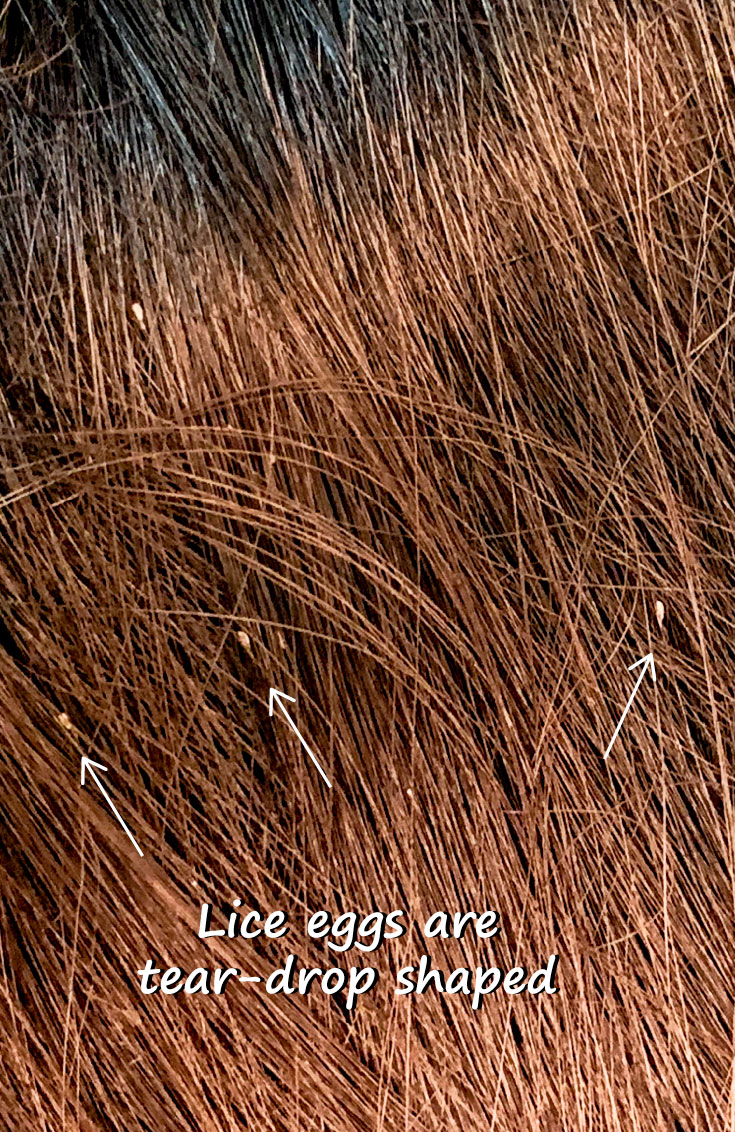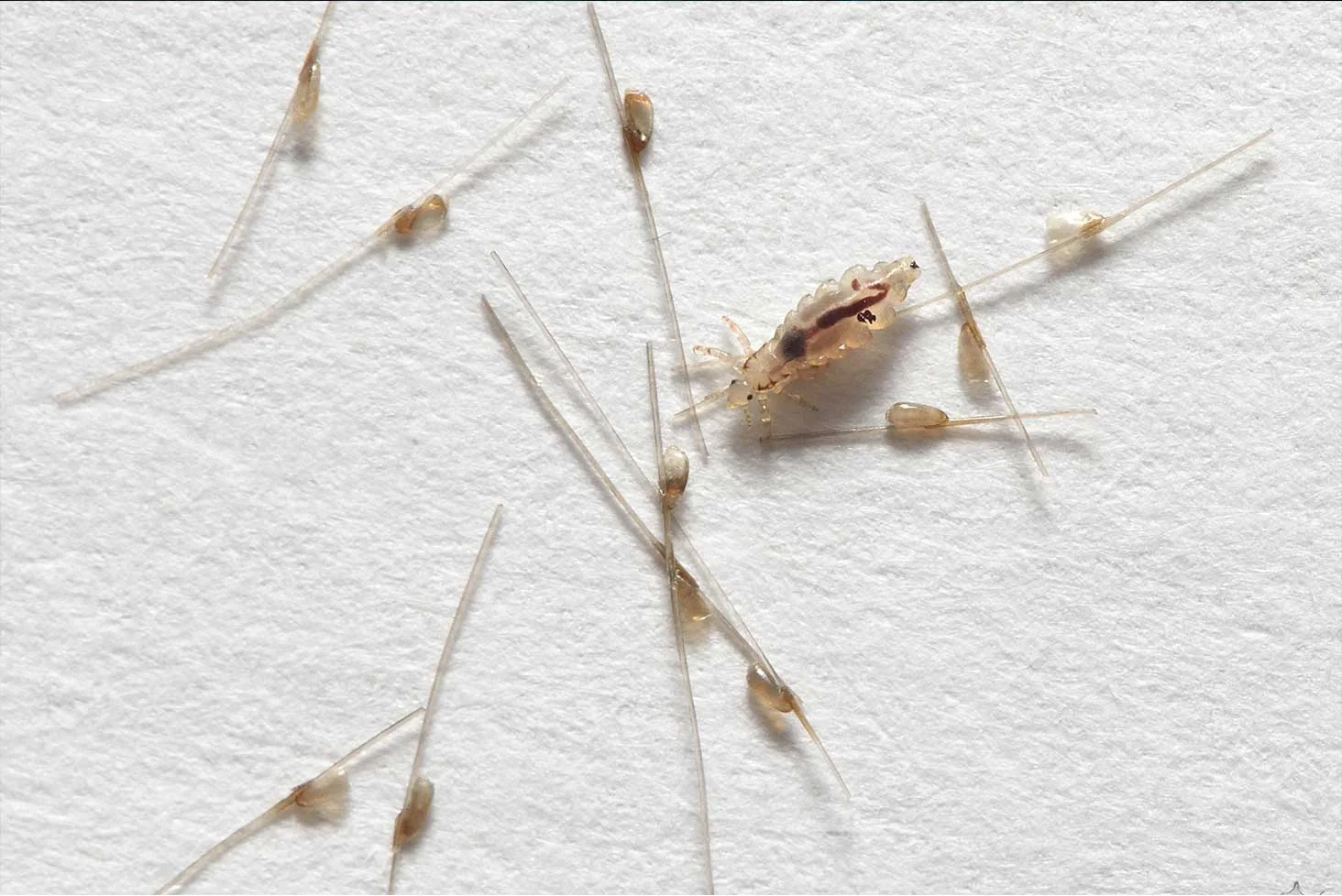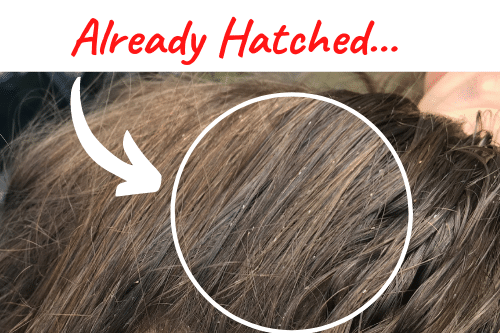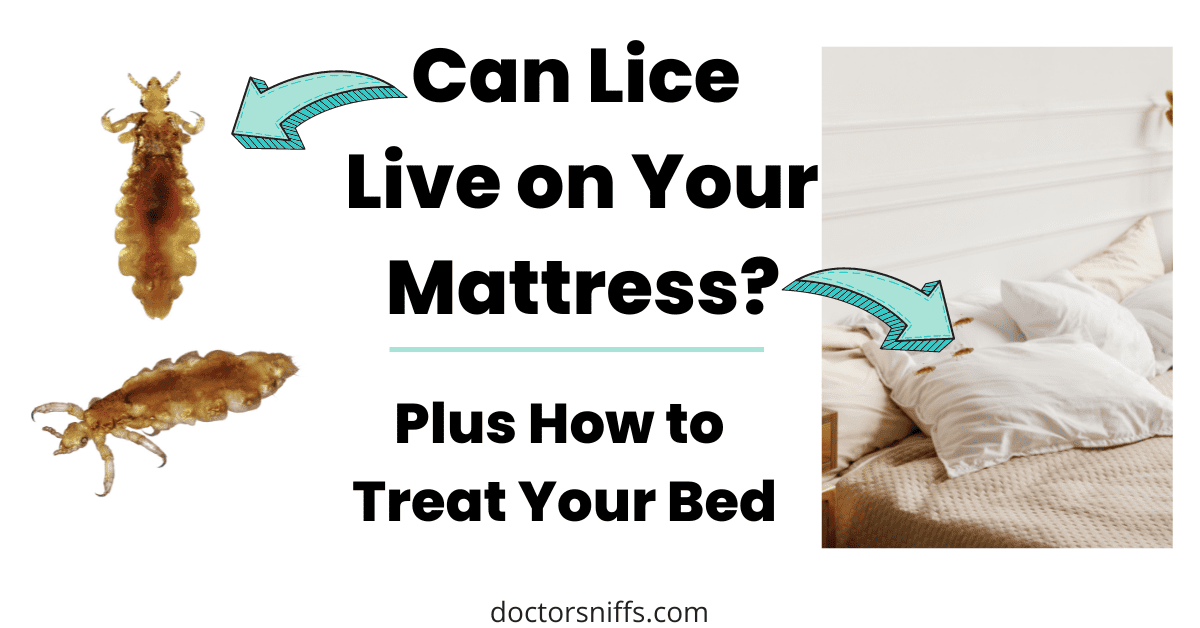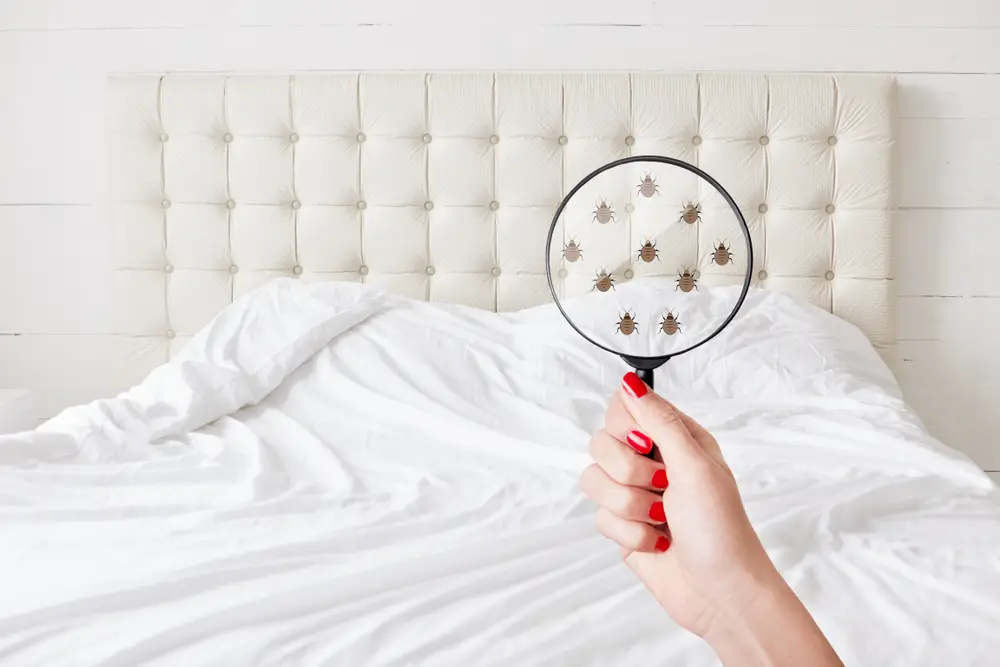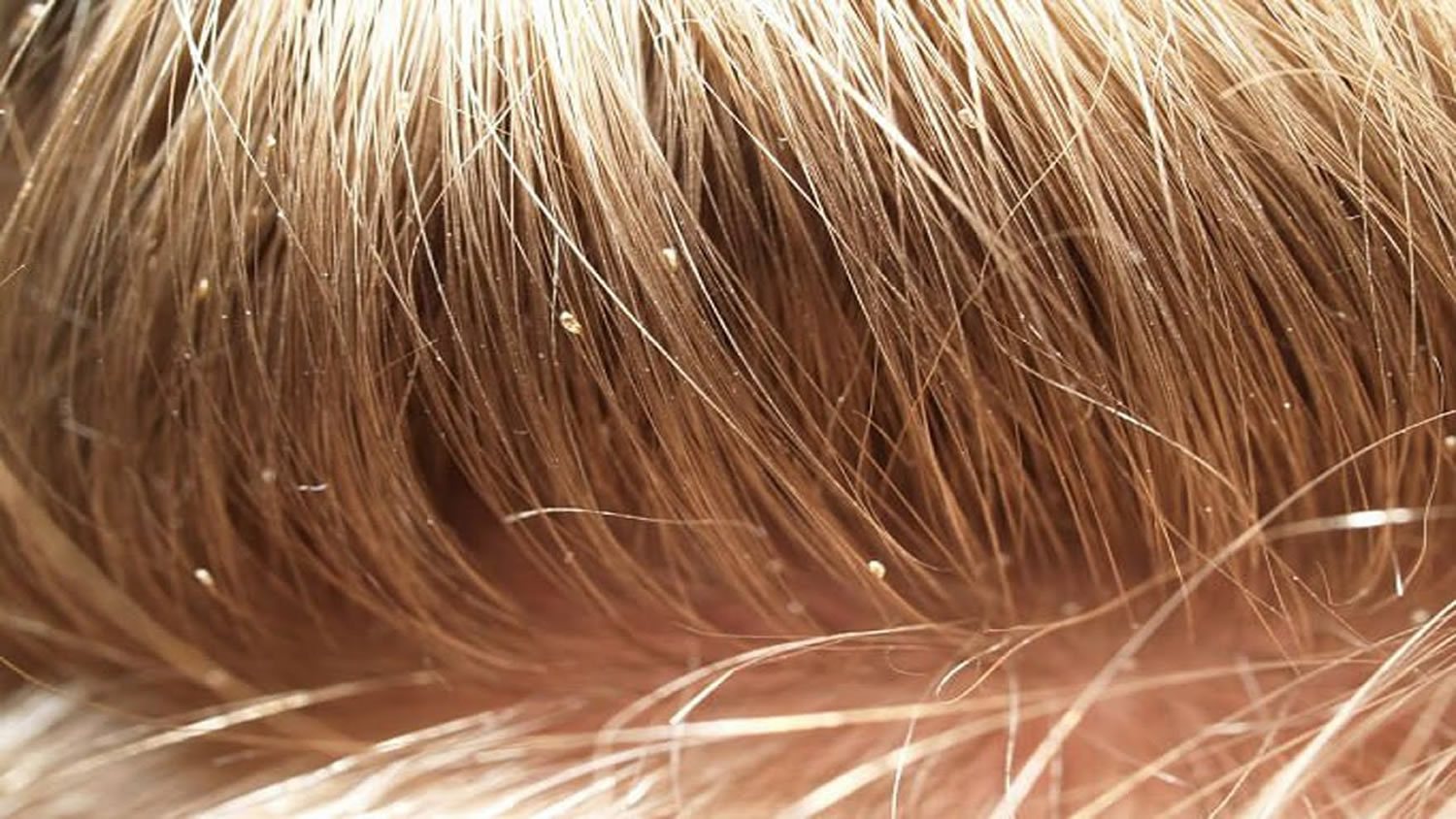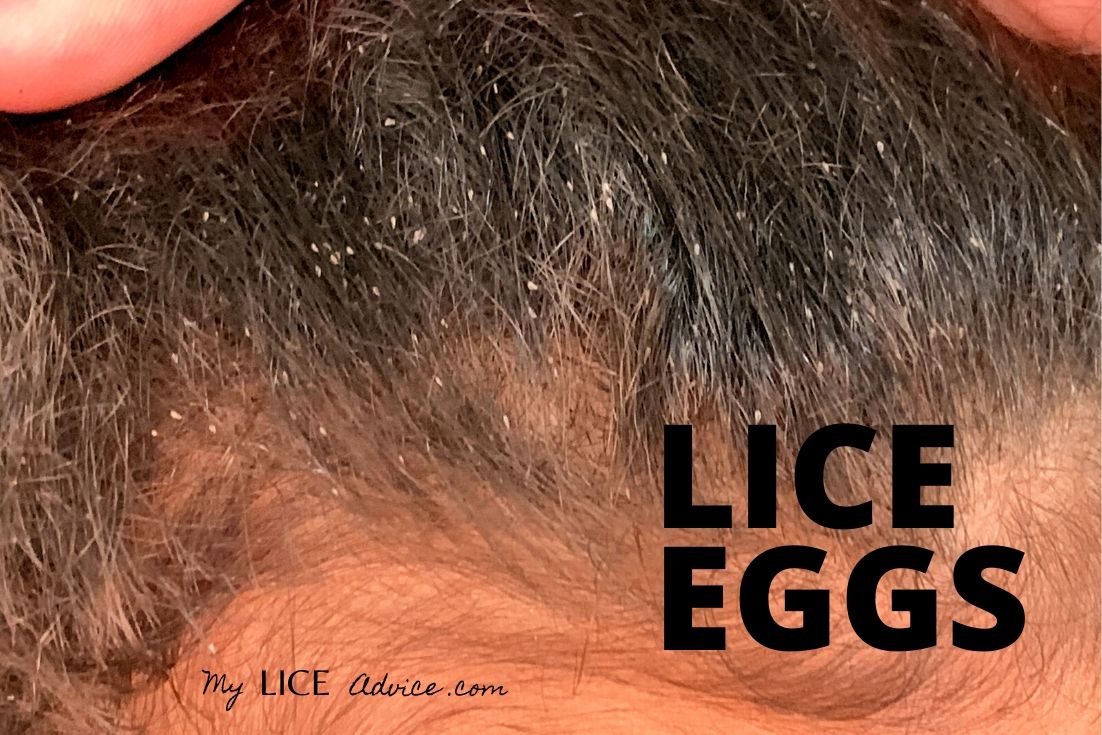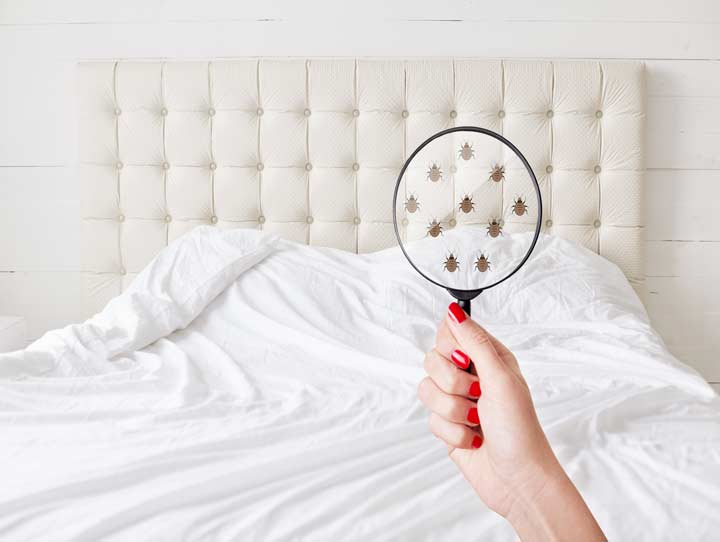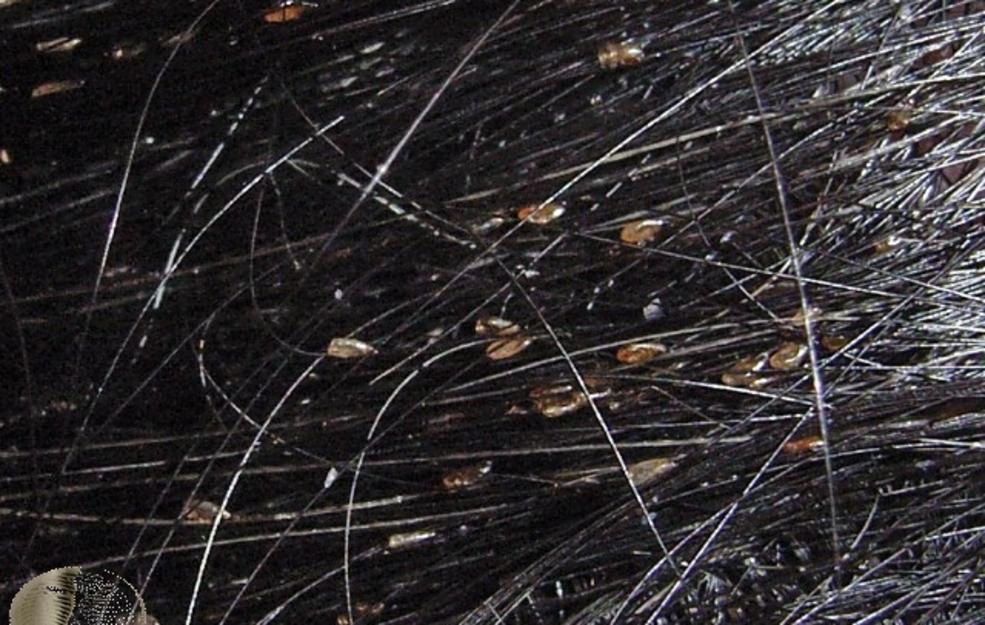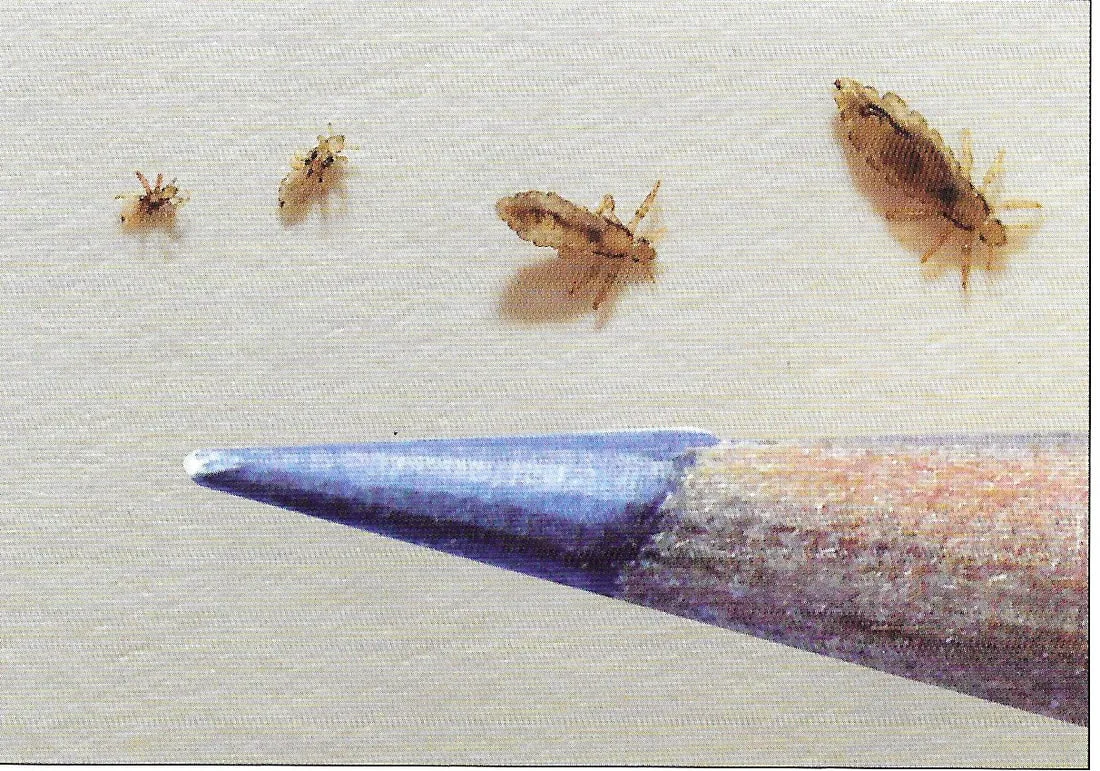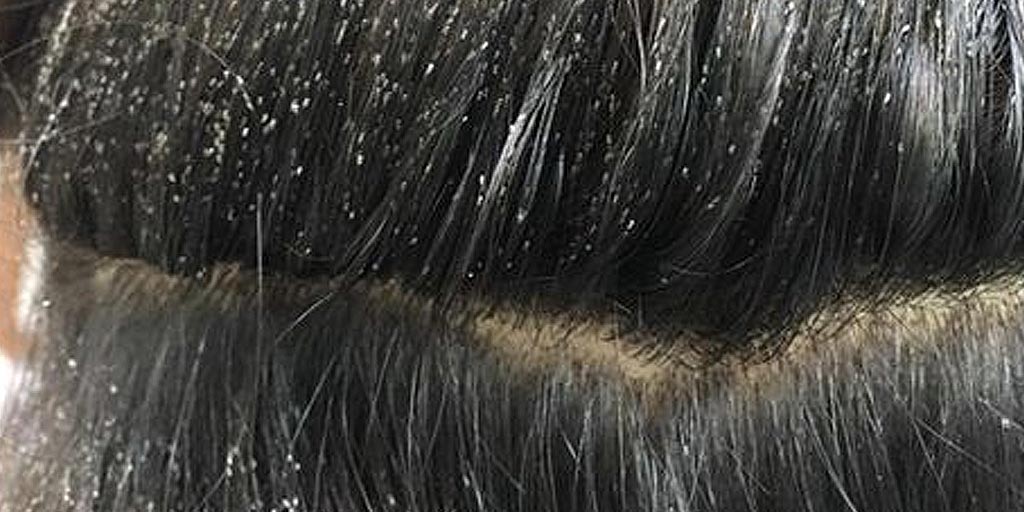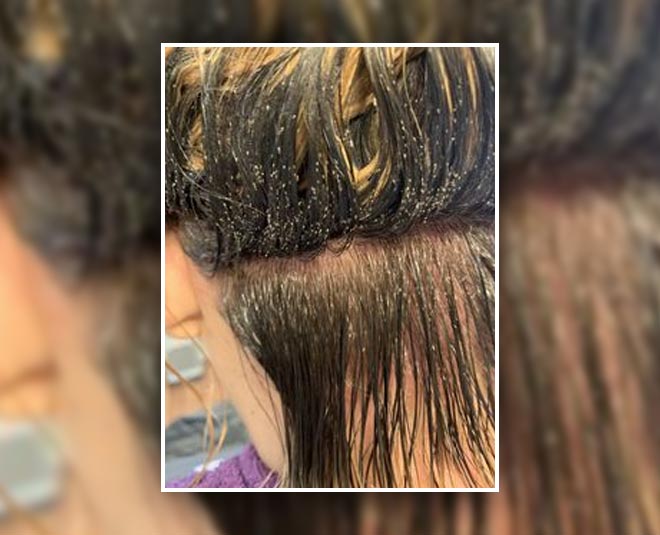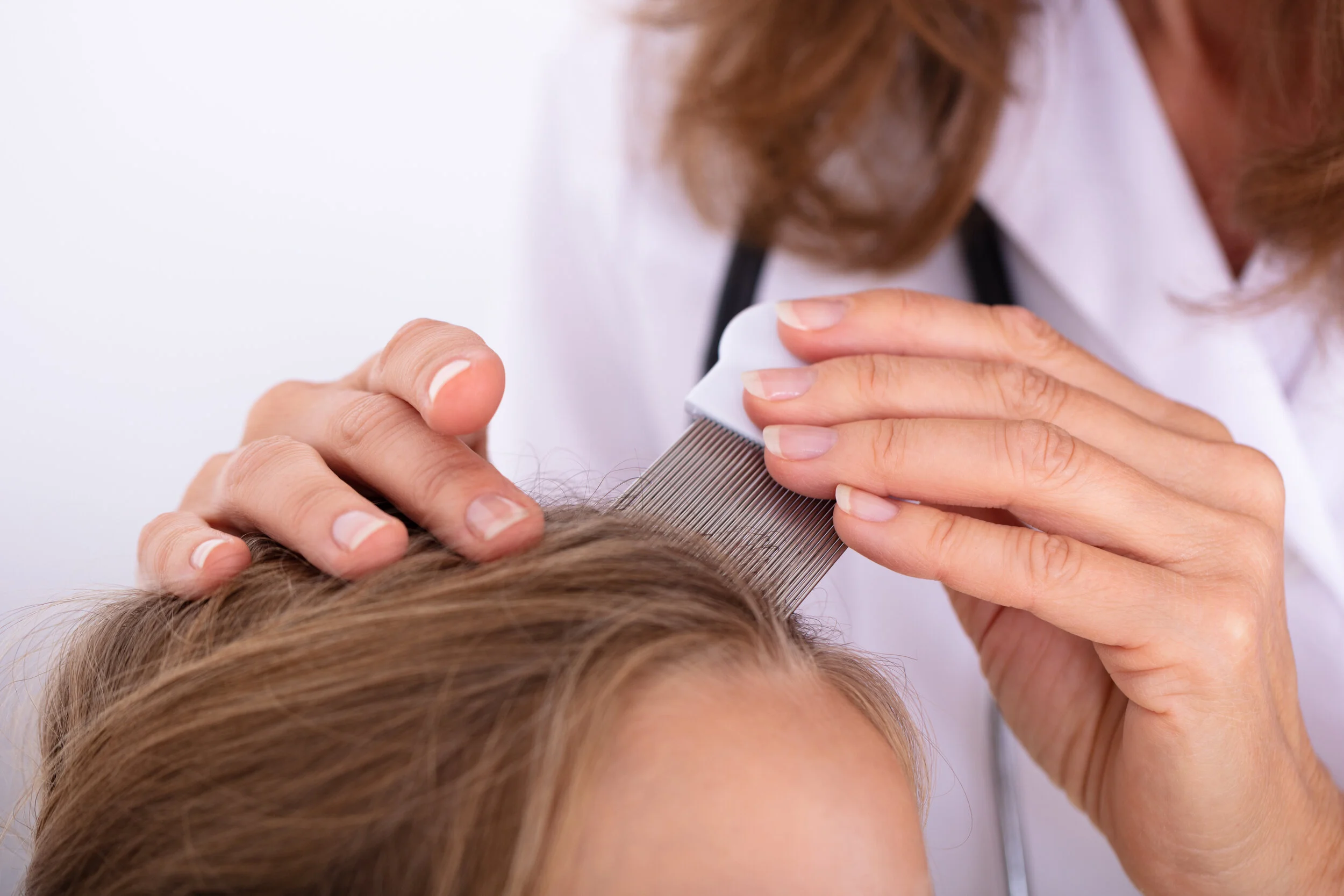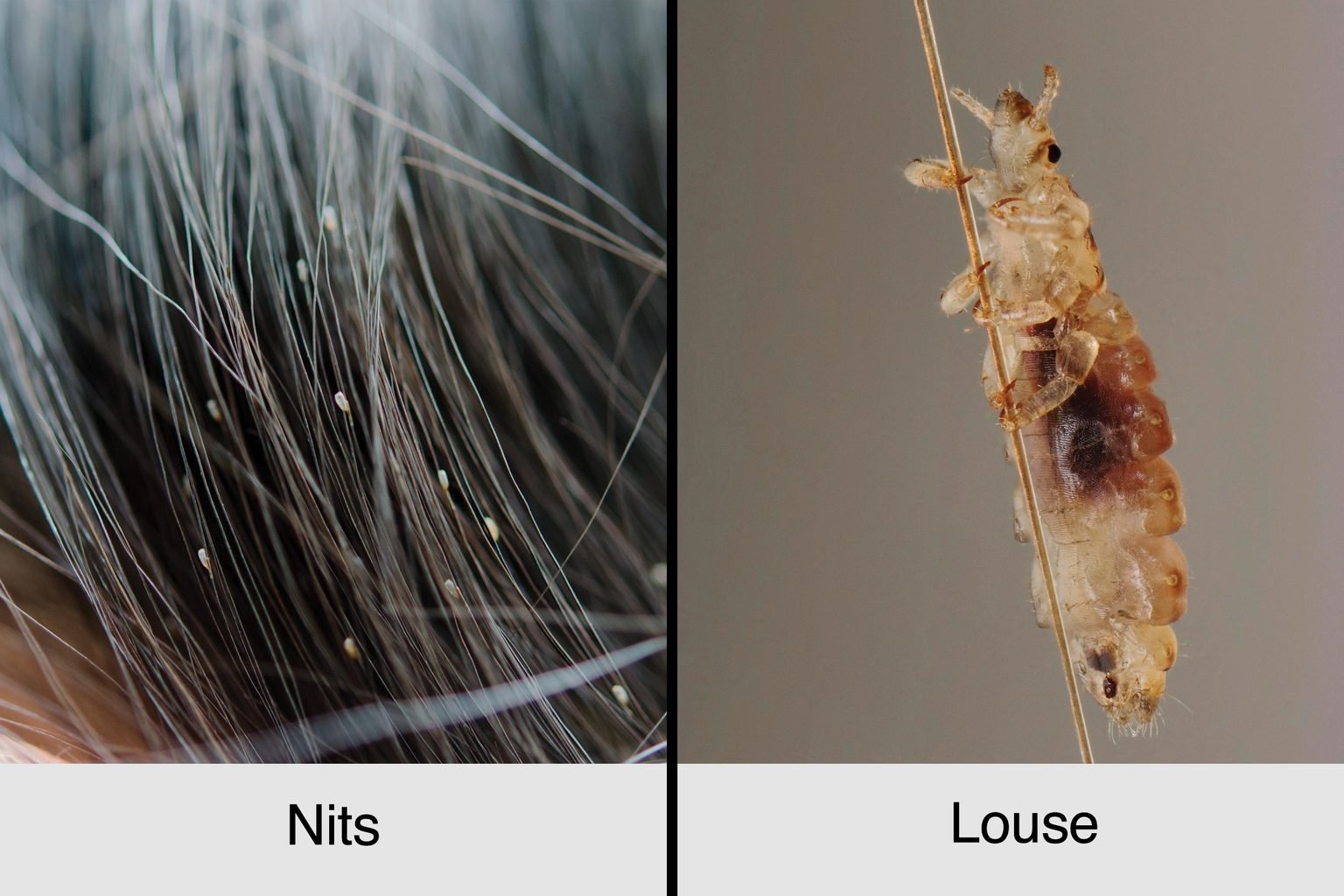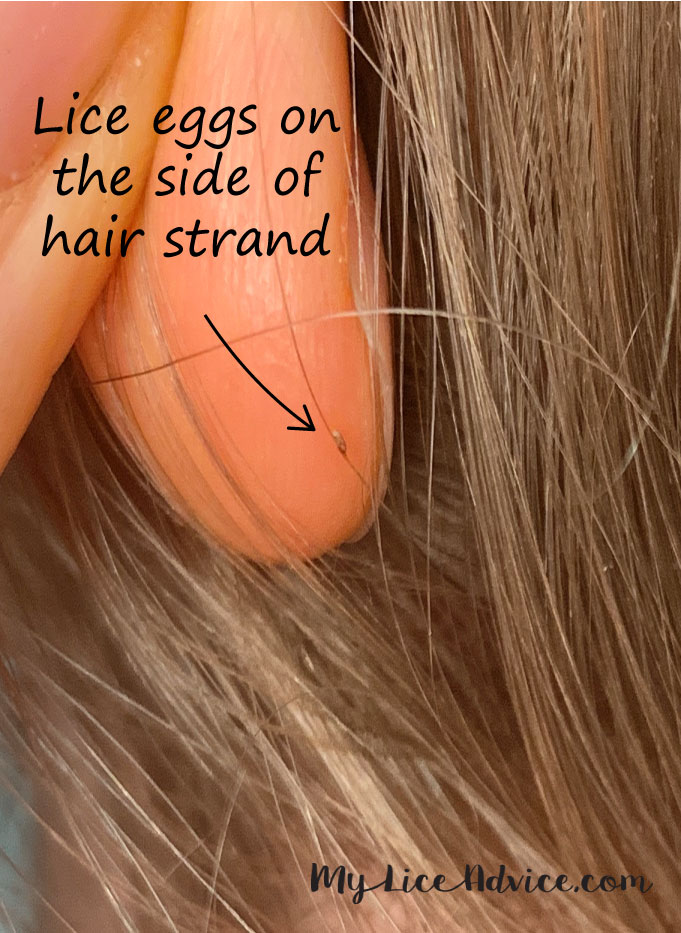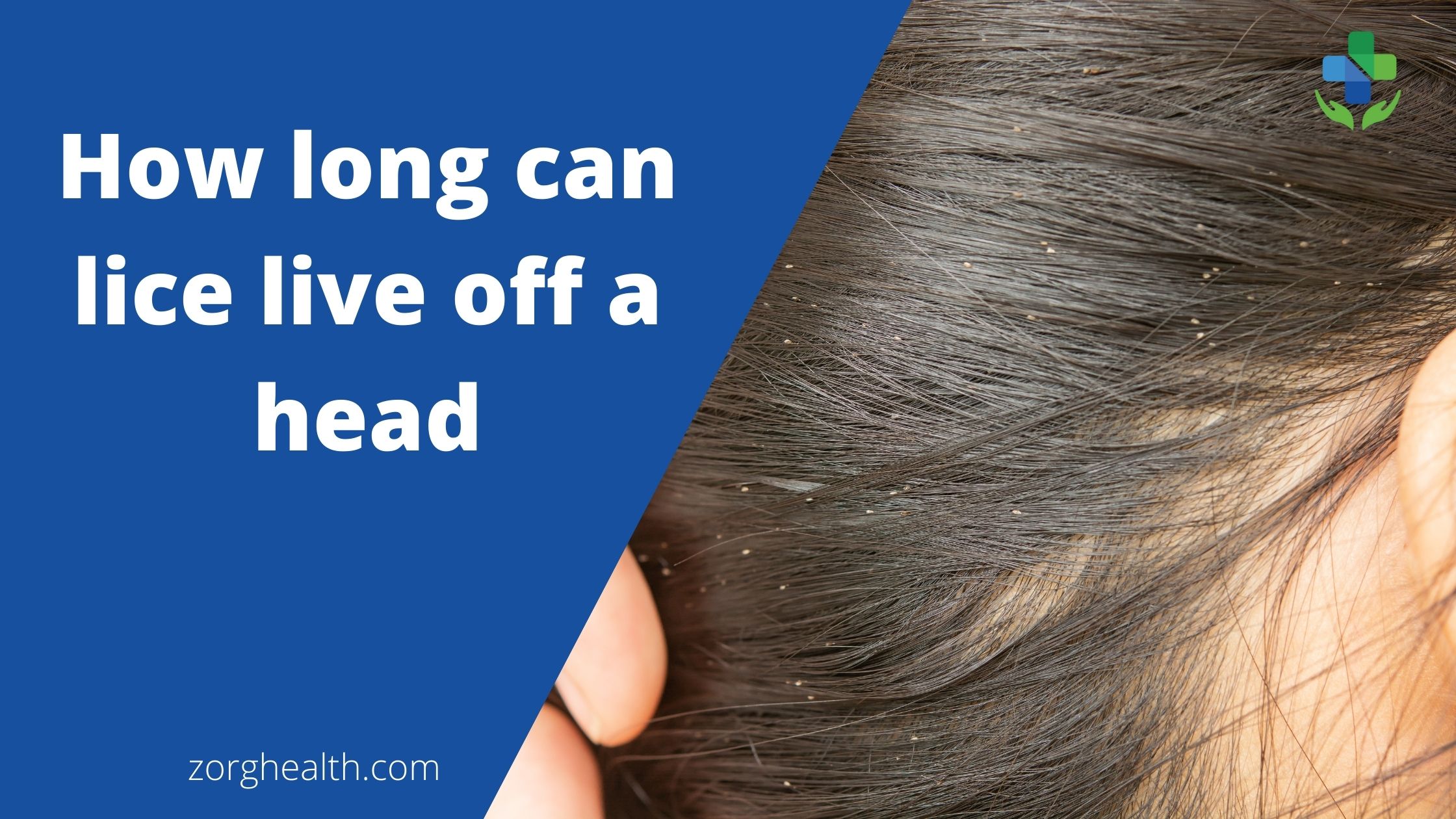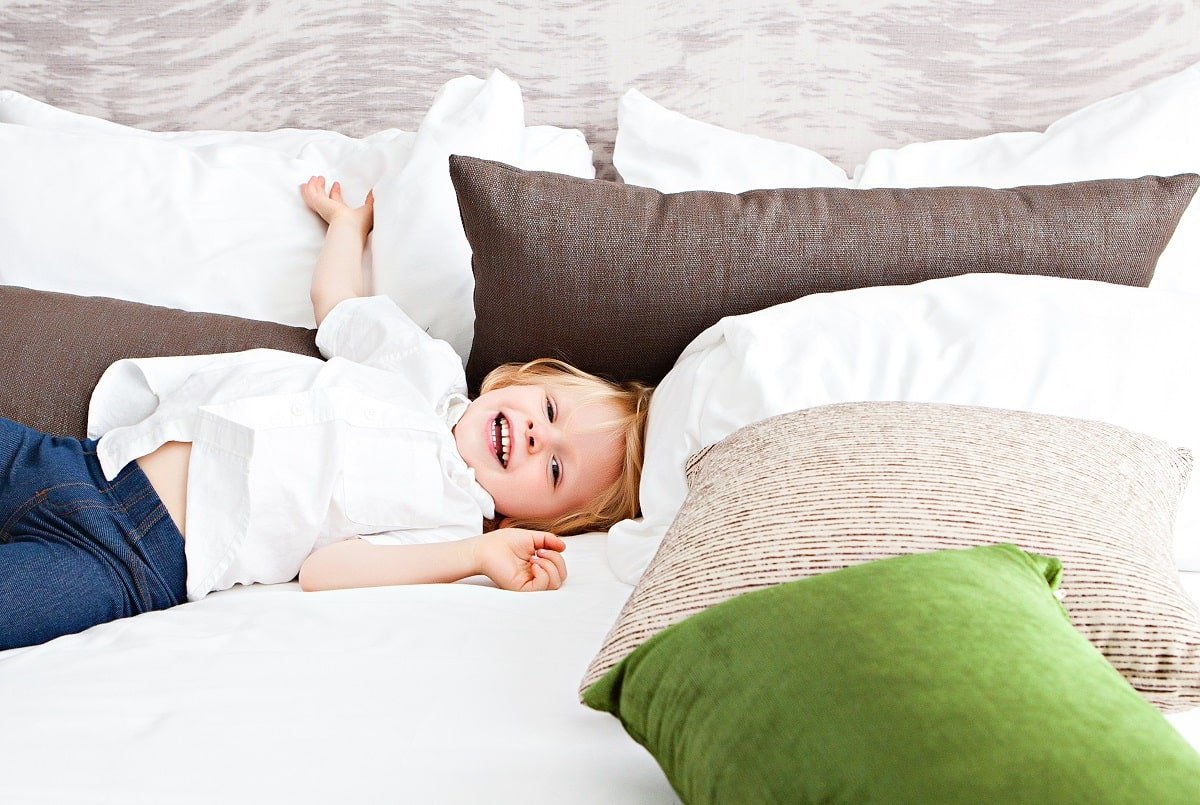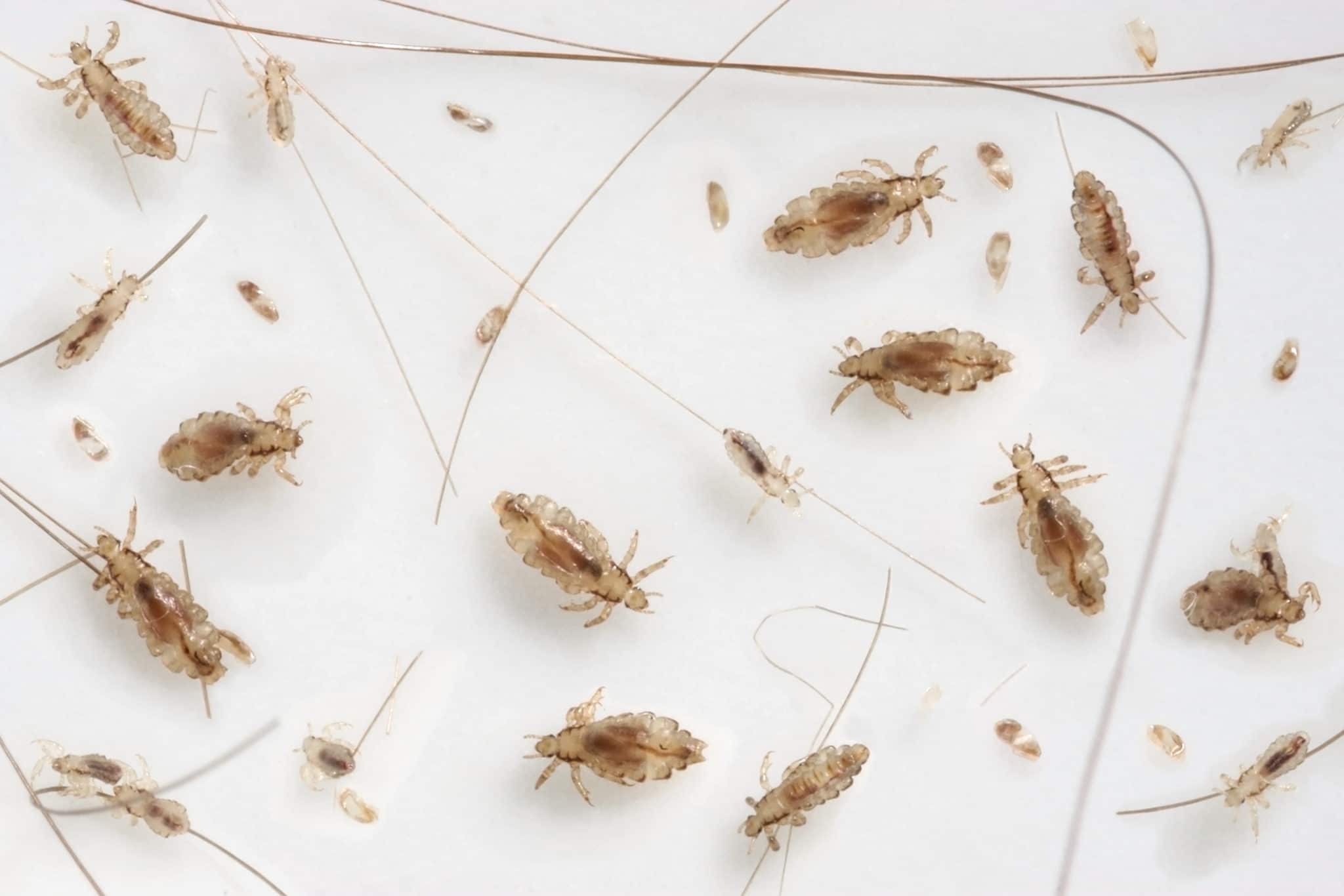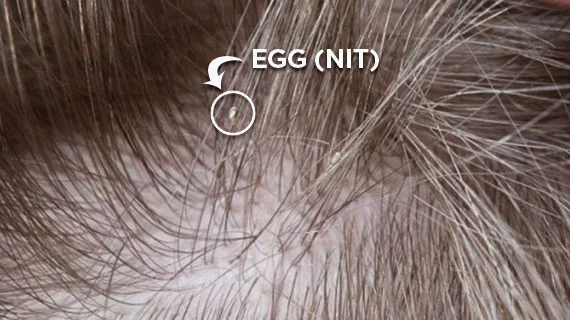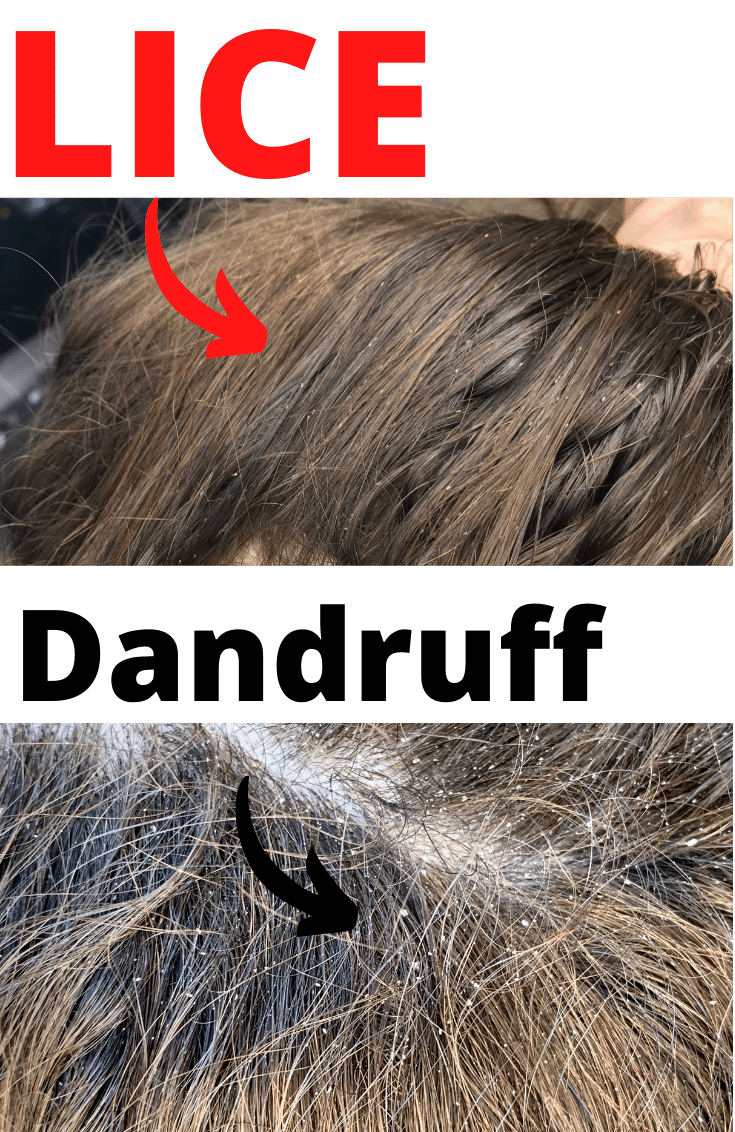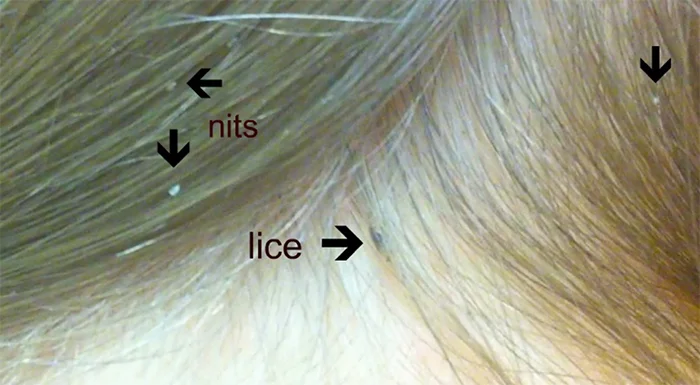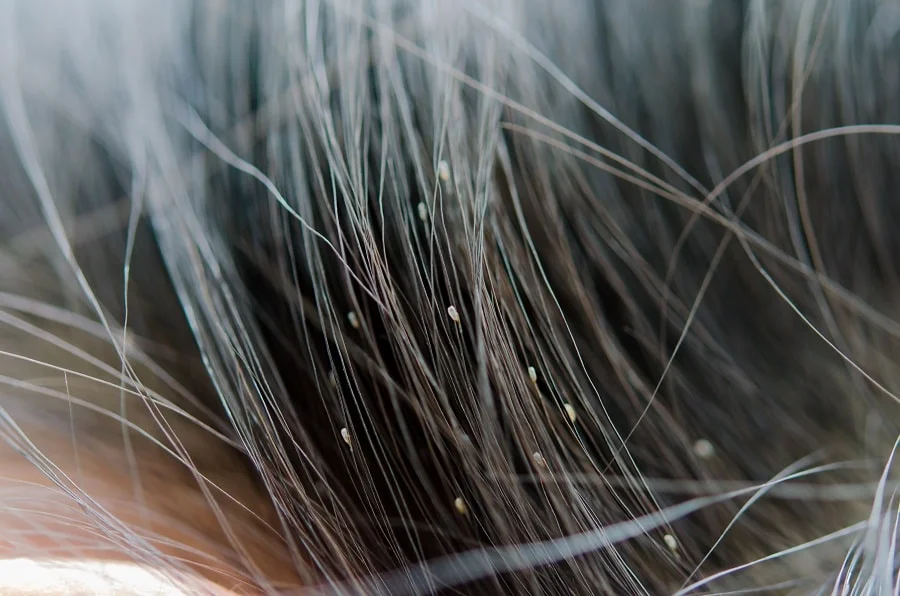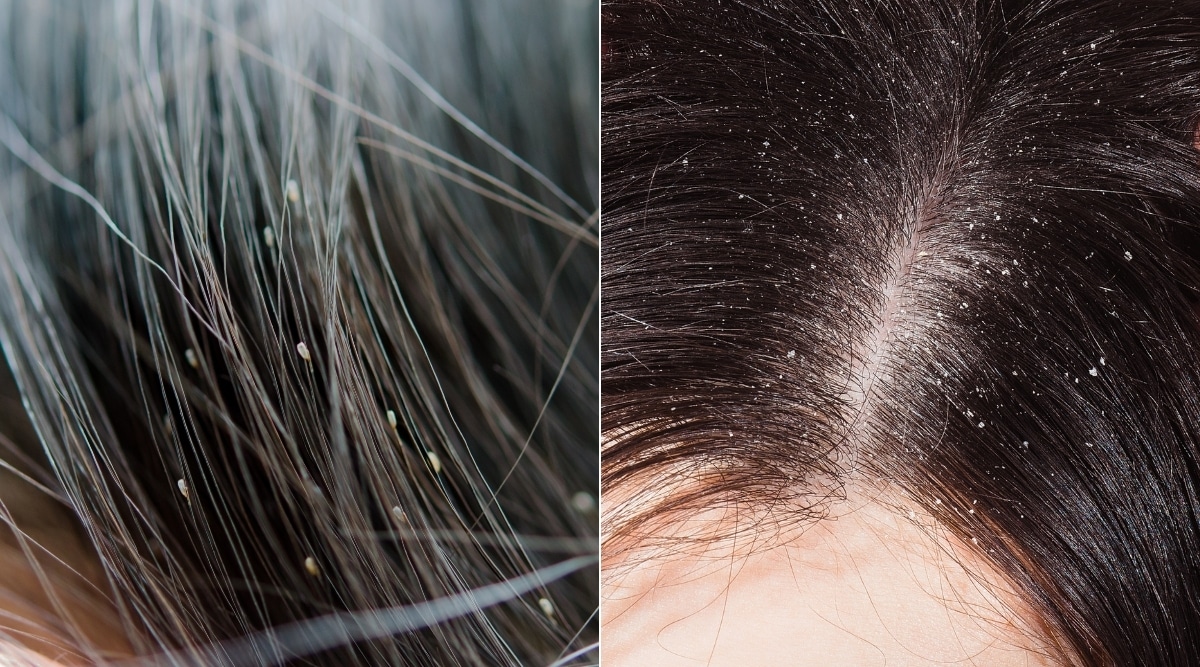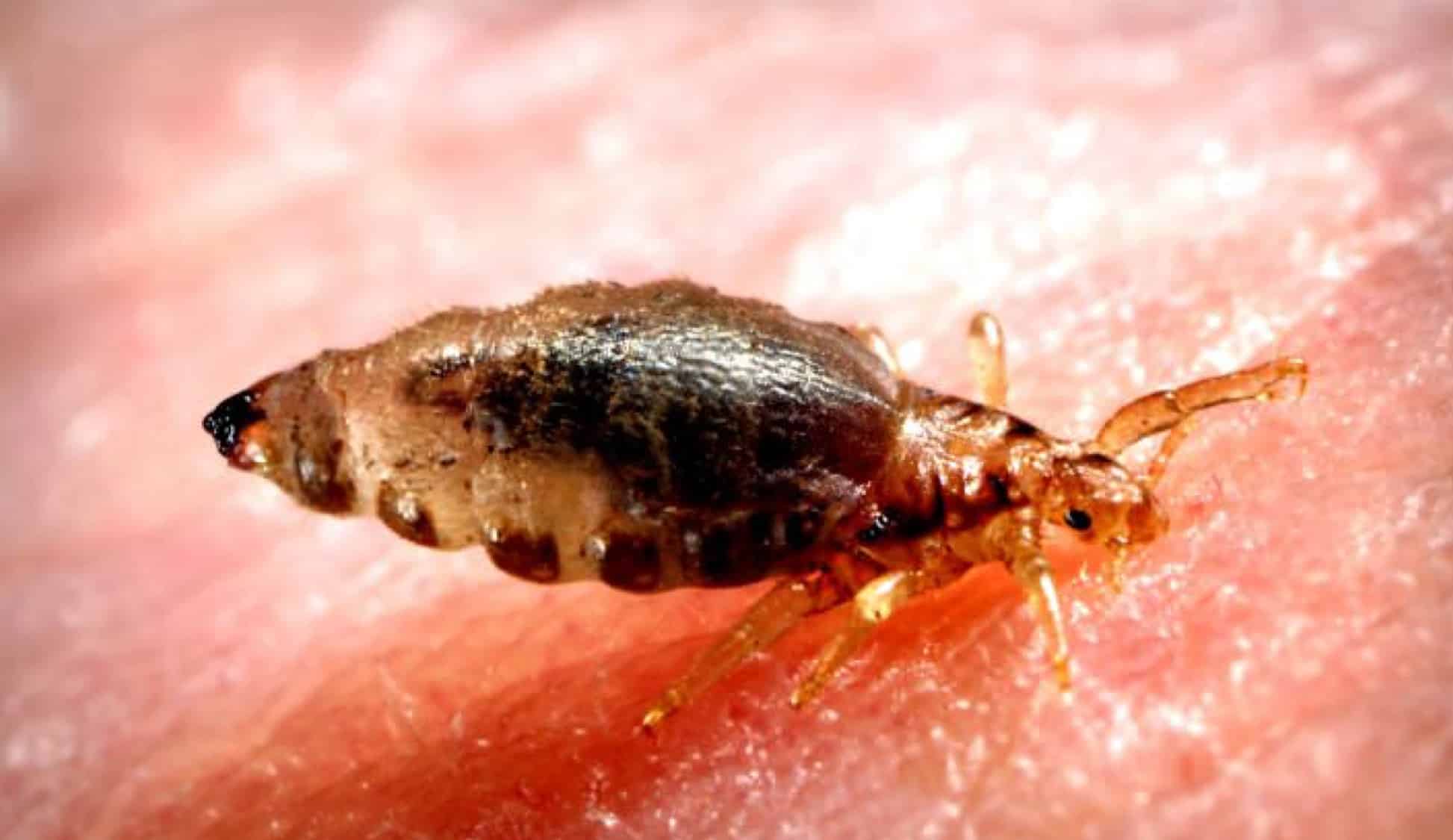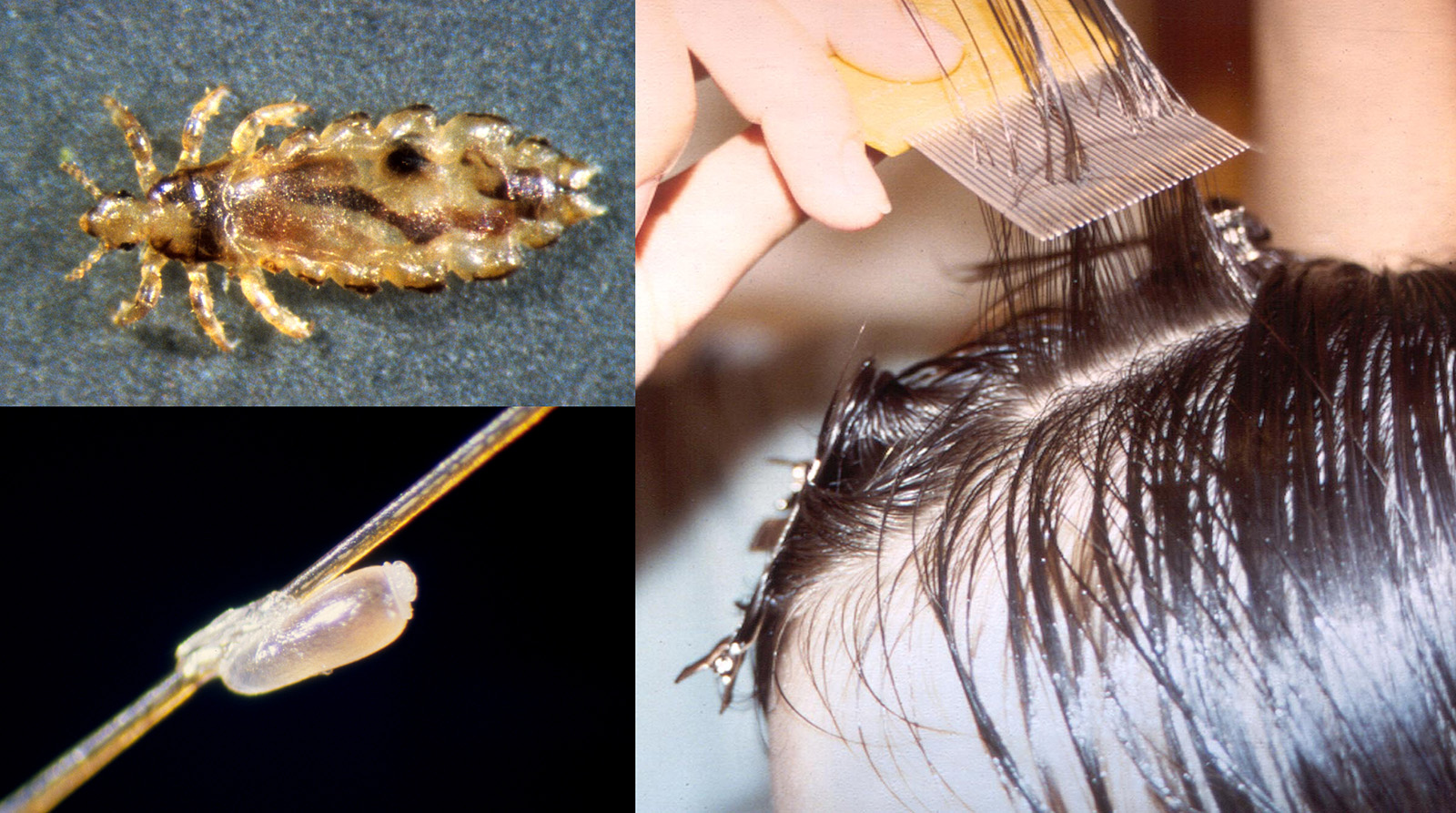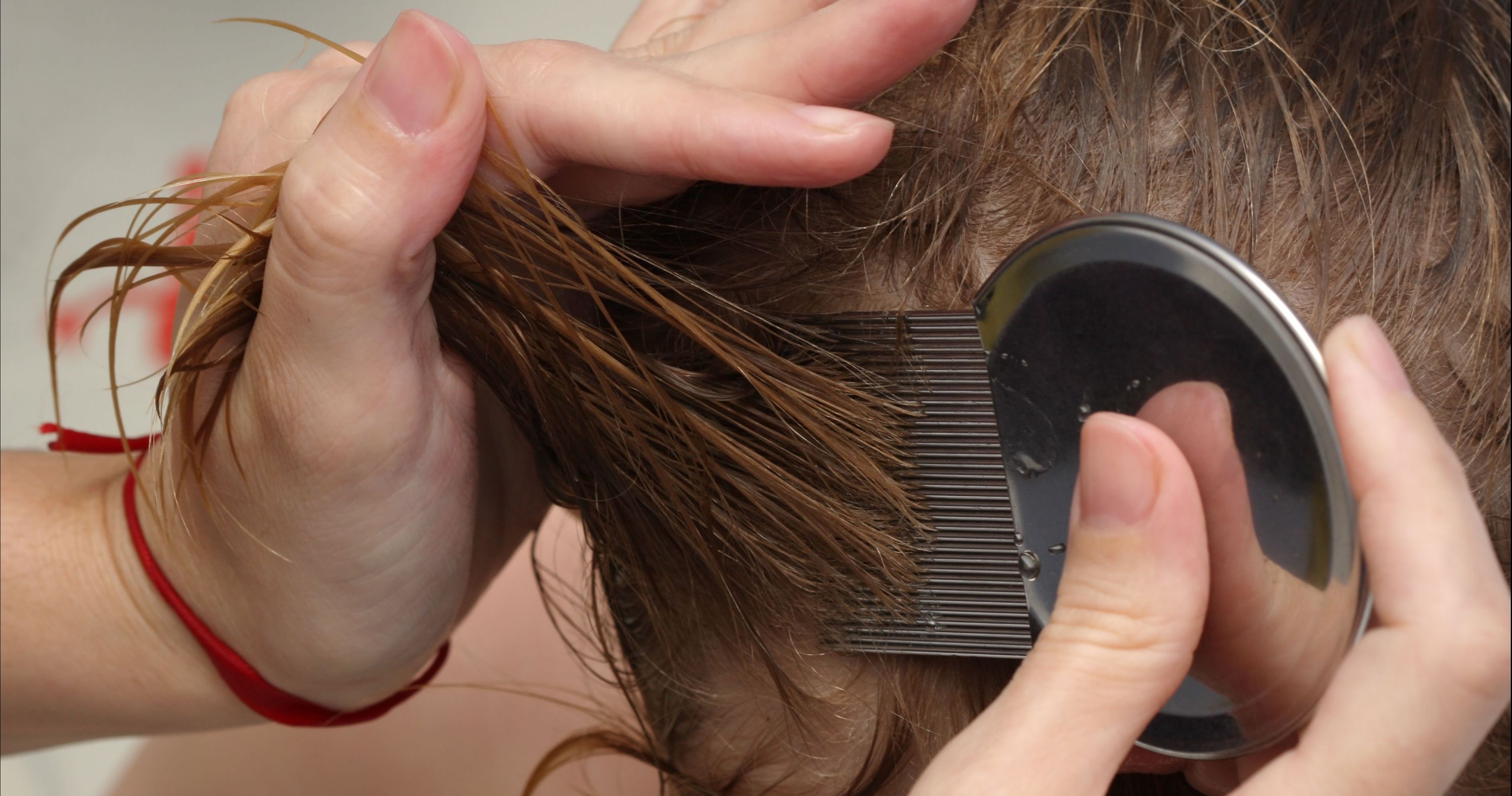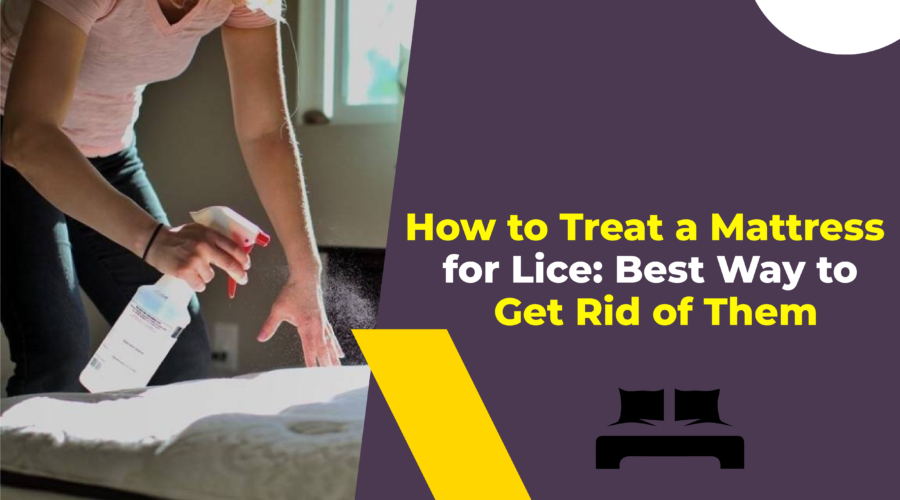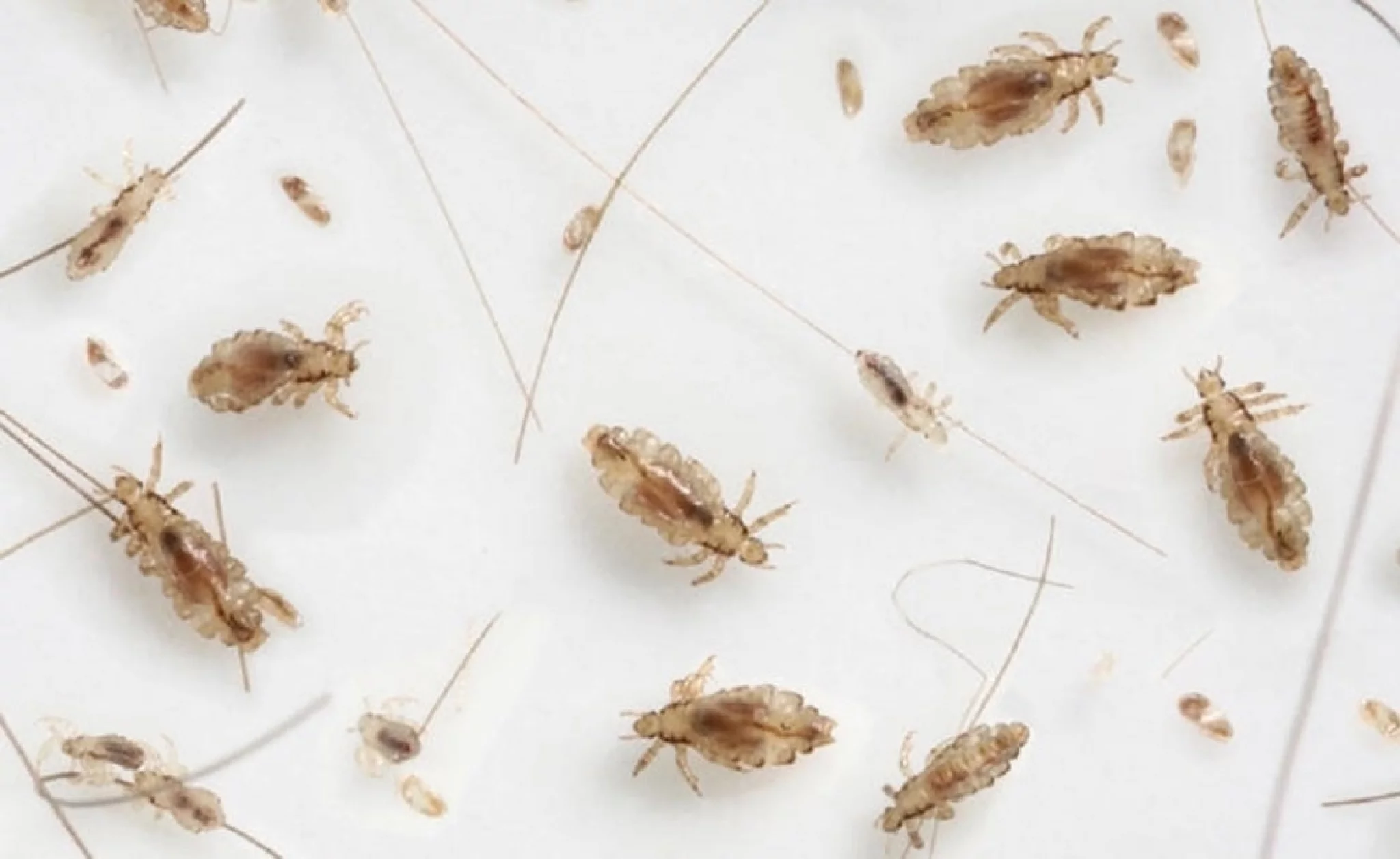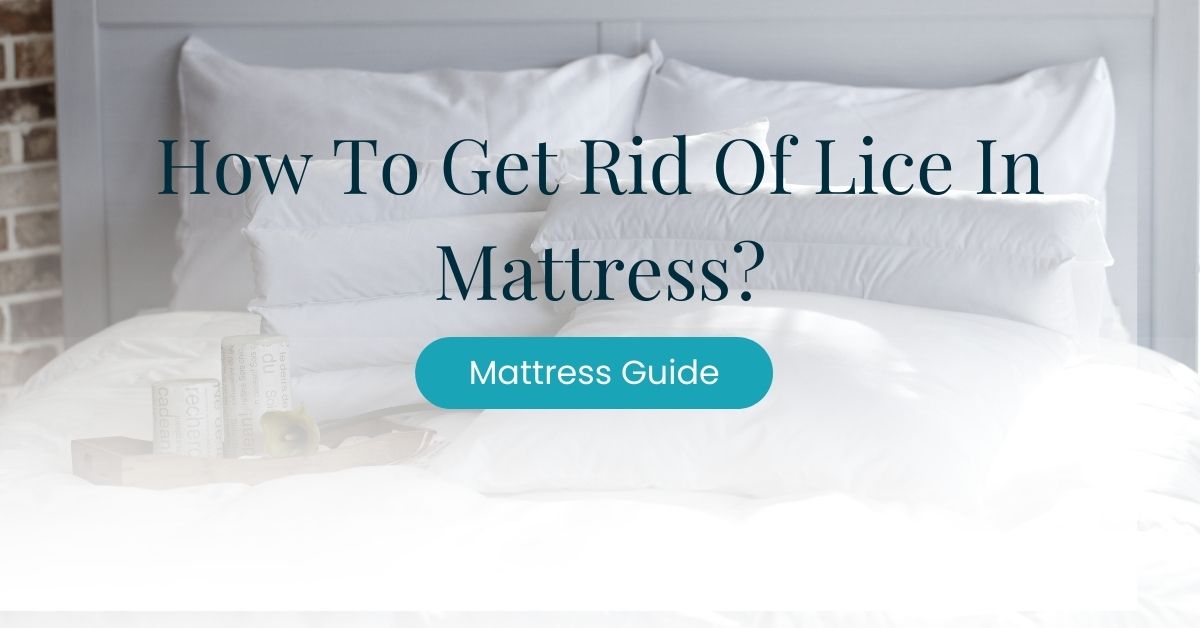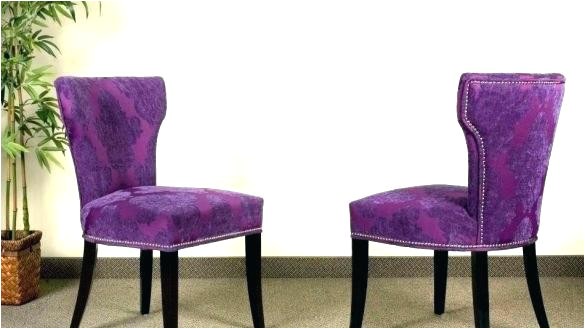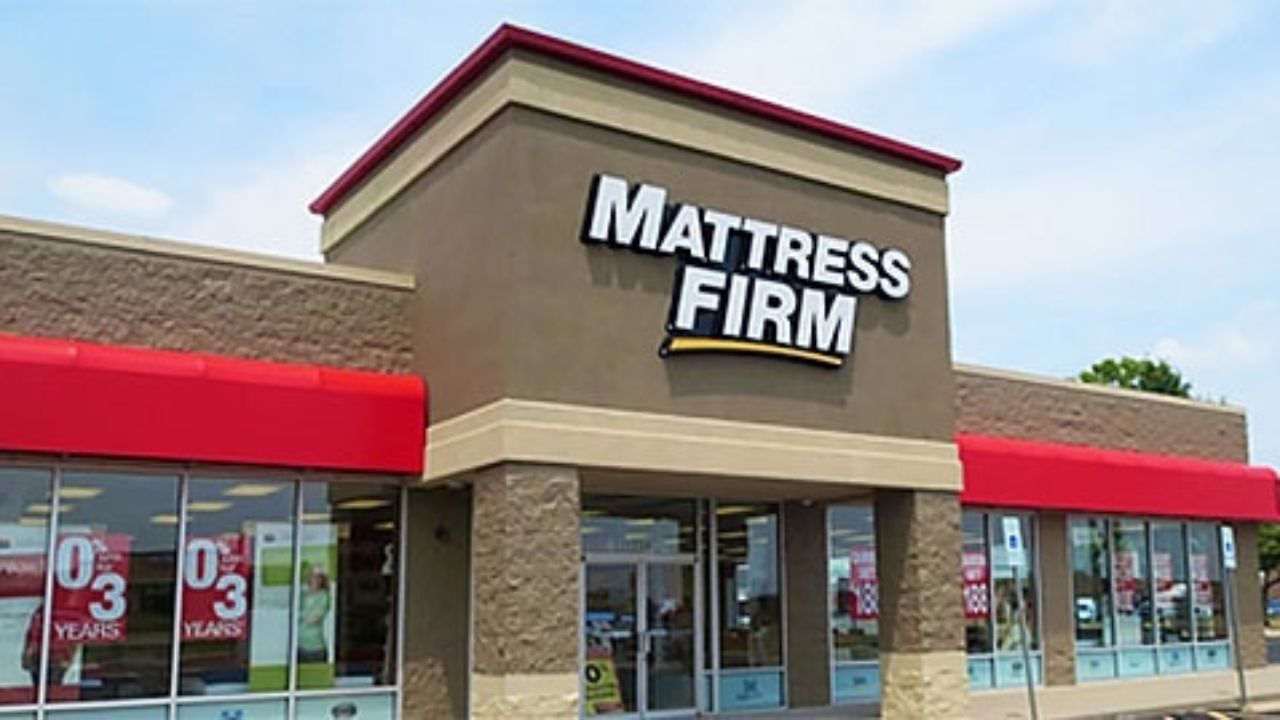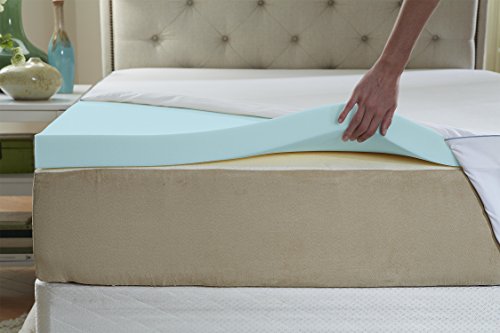Can lice eggs be found in a mattress?
If you or your child has recently had a case of head lice, you may be wondering if the pesky creatures have made their way into your mattress. Lice are tiny insects that feed on human blood and can easily spread from person to person through direct contact. While they typically live on the scalp, it is possible for lice eggs, also known as nits, to be found in other areas, including mattresses.
How to check for lice eggs in a mattress
The first step in determining if your mattress has been infested with lice eggs is to inspect it thoroughly. Use a bright light and a magnifying glass to help you see any small eggs or crawling lice. Start by checking the seams and edges of the mattress, as well as any crevices or folds. It may also be helpful to remove any bedding and sheets to get a better view of the surface of the mattress.
Removing lice eggs from a mattress
If you do find lice eggs on your mattress, it is important to remove them as soon as possible to prevent the infestation from spreading. Use a vacuum with a hose attachment to suck up any visible eggs. Be sure to empty the vacuum immediately after use to prevent the eggs from hatching and spreading.
Can lice eggs survive on a mattress?
Unfortunately, lice eggs can survive on a mattress for several days. They require warmth and moisture to hatch, so a mattress can provide the perfect environment for them to thrive. This is why it is important to remove any eggs as soon as they are found and to take preventive measures to ensure they do not return.
How long can lice eggs live on a mattress?
Lice eggs can survive for up to 10 days on a mattress if they are not removed. This is why it is important to thoroughly clean and treat your mattress if you suspect an infestation. If left untreated, the eggs can hatch and the lice can continue to spread.
Can lice eggs be transferred through a mattress?
While it is possible for lice eggs to be transferred through a mattress, it is not as common as direct head-to-head contact. The risk of transmission through a mattress increases if the infested person shares their bed with another person or if bedding is shared. However, with proper cleaning and treatment, the risk of transmission can be greatly reduced.
How to prevent lice eggs from infesting a mattress
The best way to prevent lice eggs from infesting a mattress is to take preventive measures against lice in general. Teach your children to avoid sharing hats, brushes, and other personal items with others. Regularly check your child's head for lice and treat any infestations immediately. It is also a good idea to wash bedding and linens in hot water regularly to kill any potential lice or eggs.
What do lice eggs look like on a mattress?
Lice eggs on a mattress may be difficult to spot as they are very small and may blend in with the fabric. They are usually oval-shaped and can range in color from white to brown. They may also appear as small, yellowish or tan dots on the surface of the mattress.
Can lice eggs be killed by vacuuming a mattress?
Vacuuming can be an effective way to remove lice eggs from a mattress, but it may not completely eliminate the infestation. It is important to also use other methods of treatment, such as washing bedding in hot water and using lice-killing sprays or shampoos. Additionally, vacuuming may not be enough to remove all eggs from the mattress, so it is important to thoroughly inspect and clean the mattress as well.
Using heat to get rid of lice eggs in a mattress
One of the most effective ways to get rid of lice eggs in a mattress is to use heat. Lice and their eggs cannot survive in temperatures above 130 degrees Fahrenheit, so washing bedding and linens in hot water and drying them on high heat can help kill any remaining eggs. You can also use a steam cleaner on your mattress to kill any lice or eggs that may be hiding in the fabric.
The Importance of Regularly Cleaning and Replacing Mattresses for a Lice-Free Home
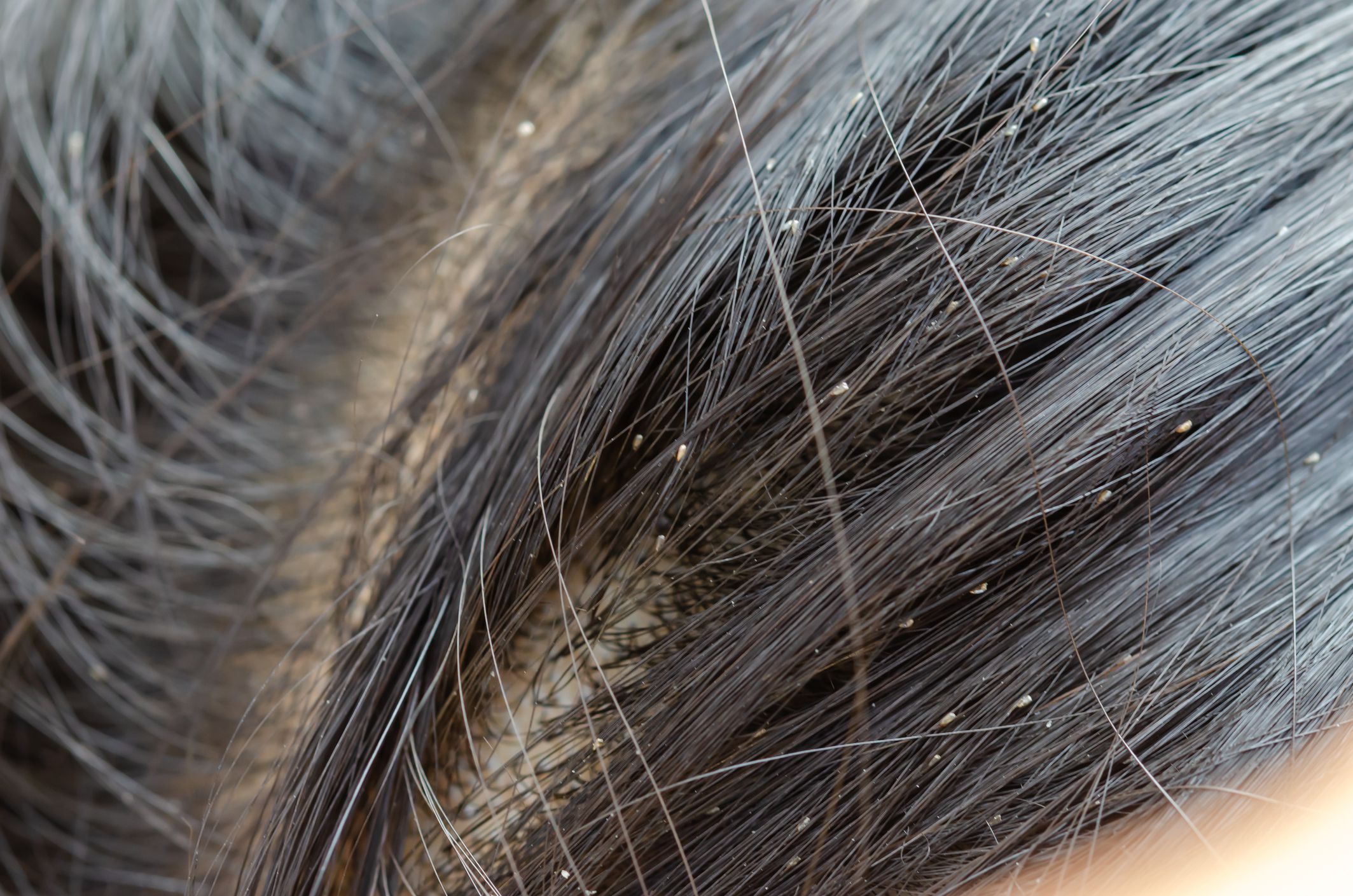
Understanding the Factors that Contribute to Lice Infestations
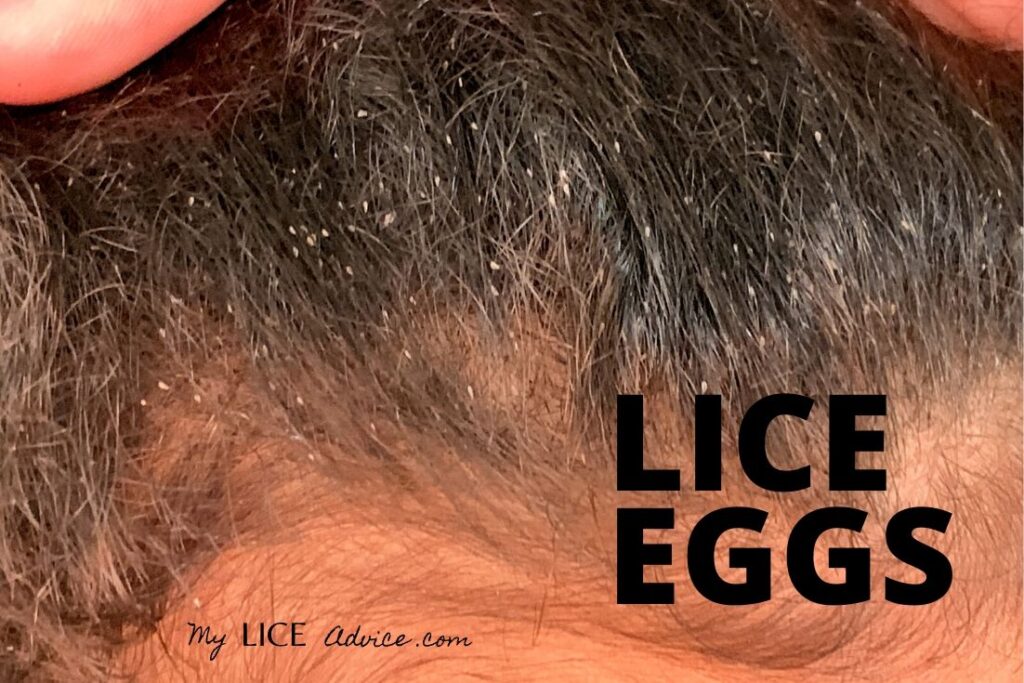 Lice infestations are a common problem that many households face, especially those with children. These tiny insects can easily spread from one person to another through direct contact with infected individuals or through sharing personal items such as combs, hats, and pillows. However, one often overlooked factor that contributes to lice infestations is the condition of our mattresses.
Lice eggs, also known as nits, can indeed be found in mattresses.
This is because lice prefer warm and dark environments, making mattresses the perfect breeding ground for them. When an infected person sleeps on a mattress, the lice can lay eggs on the fabric or weave themselves into the fibers. As the person moves around in their sleep, the eggs can easily fall off onto the mattress, waiting for the next victim to lay on it.
Lice infestations are a common problem that many households face, especially those with children. These tiny insects can easily spread from one person to another through direct contact with infected individuals or through sharing personal items such as combs, hats, and pillows. However, one often overlooked factor that contributes to lice infestations is the condition of our mattresses.
Lice eggs, also known as nits, can indeed be found in mattresses.
This is because lice prefer warm and dark environments, making mattresses the perfect breeding ground for them. When an infected person sleeps on a mattress, the lice can lay eggs on the fabric or weave themselves into the fibers. As the person moves around in their sleep, the eggs can easily fall off onto the mattress, waiting for the next victim to lay on it.
The Dangers of Not Regularly Cleaning and Replacing Mattresses
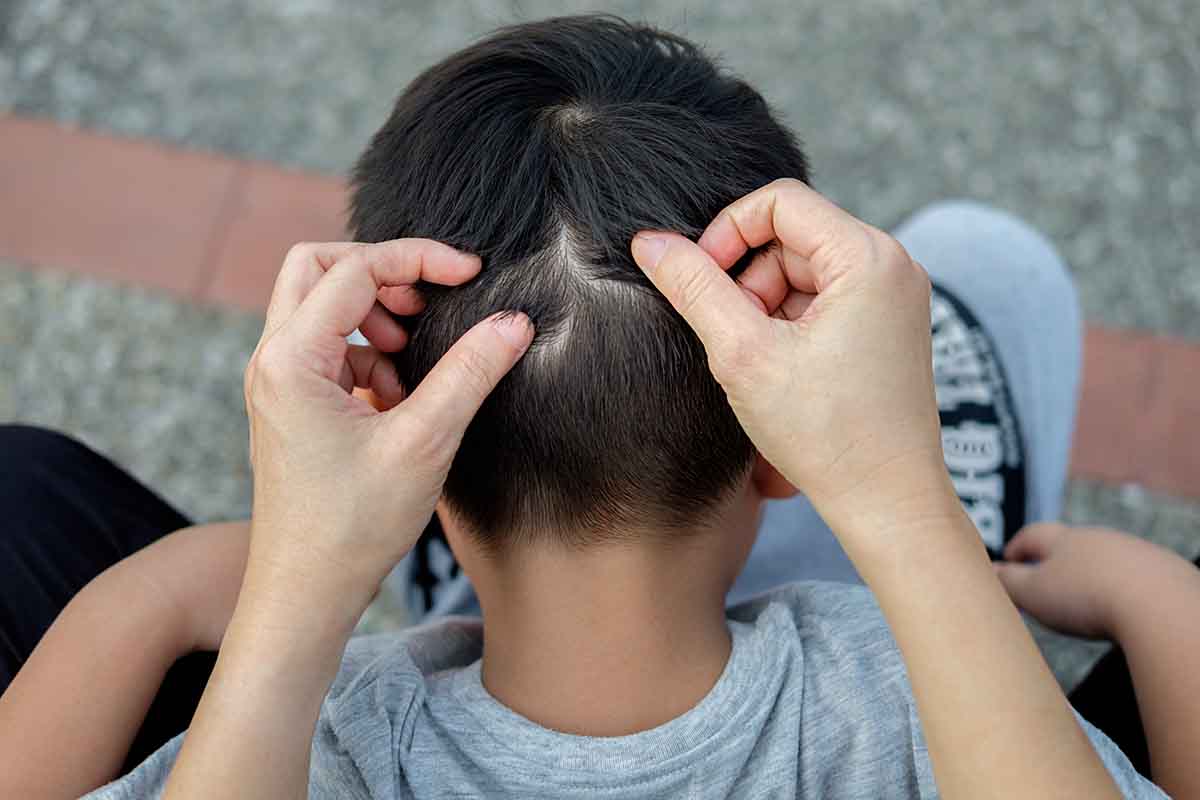 Not only can lice eggs be found in mattresses, but the insects themselves can also survive for up to 48 hours without a host. This means that even if an infected person is no longer using the mattress, the lice can still be present and capable of infesting a new host. This is why
it is crucial to regularly clean and replace mattresses to prevent lice infestations.
Failure to do so can result in recurring lice problems and a never-ending cycle of treatments and expenses.
Not only can lice eggs be found in mattresses, but the insects themselves can also survive for up to 48 hours without a host. This means that even if an infected person is no longer using the mattress, the lice can still be present and capable of infesting a new host. This is why
it is crucial to regularly clean and replace mattresses to prevent lice infestations.
Failure to do so can result in recurring lice problems and a never-ending cycle of treatments and expenses.
Effective Ways to Keep Mattresses Lice-Free
 To ensure a lice-free home, here are some
simple yet effective ways to keep mattresses clean and free from lice:
- Regularly vacuum and steam clean mattresses to kill any existing lice and their eggs.
- Use a mattress cover to protect the surface from any lice or eggs that may fall off from an infected person.
- Encourage family members to use their own pillows and avoid sharing with others.
- Wash all bedding, including sheets, pillowcases, and blankets, in hot water regularly.
- Consider replacing old mattresses every 8-10 years to prevent the buildup of lice and other bacteria.
To ensure a lice-free home, here are some
simple yet effective ways to keep mattresses clean and free from lice:
- Regularly vacuum and steam clean mattresses to kill any existing lice and their eggs.
- Use a mattress cover to protect the surface from any lice or eggs that may fall off from an infected person.
- Encourage family members to use their own pillows and avoid sharing with others.
- Wash all bedding, including sheets, pillowcases, and blankets, in hot water regularly.
- Consider replacing old mattresses every 8-10 years to prevent the buildup of lice and other bacteria.
In Conclusion
 In conclusion,
lice eggs can indeed be found in mattresses, making it essential to regularly clean and replace them to prevent infestations.
By taking the necessary precautions and maintaining good hygiene practices, we can ensure a lice-free home for our families. Don't neglect the condition of your mattresses, as they play a significant role in keeping these tiny pests at bay. Remember, a clean and well-maintained home is a healthy home.
In conclusion,
lice eggs can indeed be found in mattresses, making it essential to regularly clean and replace them to prevent infestations.
By taking the necessary precautions and maintaining good hygiene practices, we can ensure a lice-free home for our families. Don't neglect the condition of your mattresses, as they play a significant role in keeping these tiny pests at bay. Remember, a clean and well-maintained home is a healthy home.

